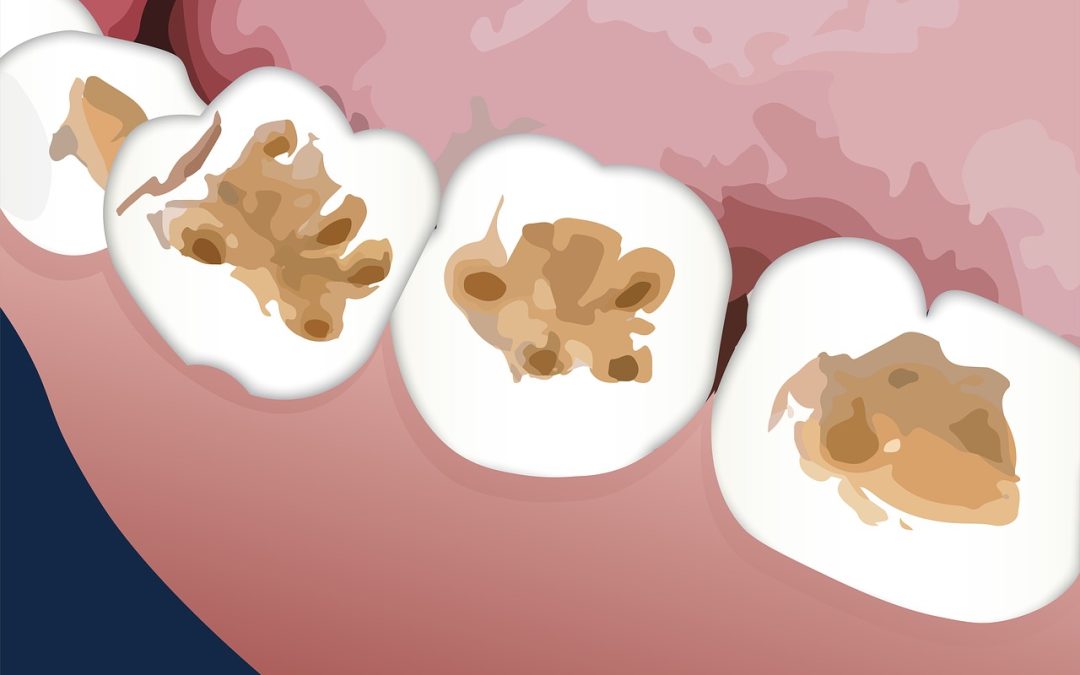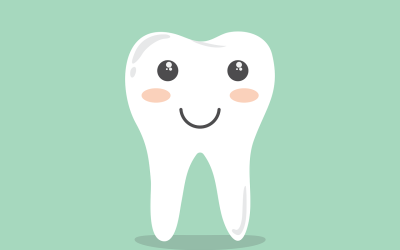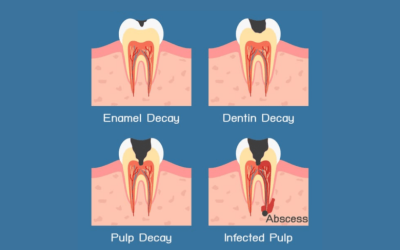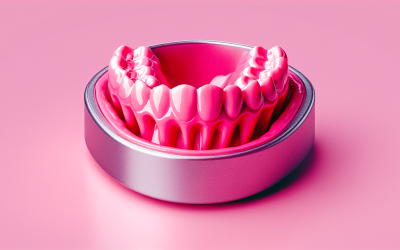So, you’re enjoying your day when suddenly you feel something odd in your mouth. Upon further inspection, you realize that your dental crown or filling is missing. Panic sets in as you wonder what on earth happened and what you should do next. Don’t worry, we’ve got you covered. In this article, we’ll explore the causes behind a lost dental crown or filling, the potential risks of leaving it untreated, and the steps you should take to fix the problem. Stay tuned and let’s get your smile back to its shining glory!

Causes of a Lost Dental Crown or Filling
Damage or Decay
One of the most common reasons for a lost dental crown or filling is damage or decay to the tooth. Over time, the natural tooth structure can weaken due to factors such as tooth decay, cracks, or fractures. When the tooth becomes weakened, it becomes more prone to losing its crown or filling. Additionally, if the crown or filling is not properly placed or sealed, it can easily come loose.
Poor Fit or Placement
Another cause of a lost dental crown or filling is poor fit or placement. If the crown or filling is not properly fitted to the tooth, it may not adhere or bond effectively, resulting in its dislodgement. This can occur if the crown or filling is too loose or if there are irregularities in the tooth’s shape or size that prevent proper fitting.
Trauma or Injury
Trauma or injury to the mouth can also lead to a lost dental crown or filling. Accidents such as falls, sports injuries, or even biting down on a hard object can cause enough force to dislodge the restoration. The impact can either break the crown or filling or cause the entire restoration to come out of the mouth.
Identifying a Lost Dental Crown or Filling
Visible Gap or Hole
The most obvious sign of a lost dental crown or filling is a visible gap or hole in the tooth where the restoration was once placed. You may notice that the tooth no longer has its normal shape, and a void can be seen when looking in the mirror or feeling the area with your tongue. This visual cue is a clear indication that immediate attention is needed.
Increased Sensitivity
Another tell-tale sign of a lost dental crown or filling is increased sensitivity in the affected tooth. You may experience heightened sensitivity to hot or cold temperatures, or even air touching the tooth. This sensitivity occurs because the protective layer provided by the crown or filling is no longer present, exposing the more sensitive inner layers of the tooth.
Pain or Discomfort
Pain or discomfort in the tooth is a common symptom accompanying a lost dental crown or filling. The exposed tooth structure can be sensitive to pressure, causing a throbbing or aching sensation. It is important not to ignore this pain, as it can indicate underlying issues that need to be addressed promptly.
Chewing Difficulty
A lost dental crown or filling can also lead to difficulty while chewing. The missing restoration can cause an imbalance in your bite, making it uncomfortable or even painful to eat certain foods. If you find it challenging to chew properly or experience discomfort while eating, it is advisable to seek dental care promptly.
Immediate Steps to Take
Spitting Out the Crown or Filling
If you happen to notice a lost dental crown or filling while eating or going about your daily activities, the first step is to safely remove it from your mouth. Carefully spit out the crown or filling into a tissue or clean cloth, making sure not to accidentally swallow it.
Rinsing the Mouth
After removing the lost dental crown or filling, it is essential to rinse your mouth thoroughly with warm saltwater or an antiseptic mouthwash. This helps to cleanse the area and prevent any potential infections.
Temporary Solution
As an immediate solution, you can use temporary dental adhesive or dental cement, which can often be found at your local pharmacy. Apply a small amount to the back of the crown or filling and carefully place it back onto the tooth. This temporary fix can help provide some relief and protection until you can seek professional dental care.
Seeking Dental Care
Contacting the Dentist
Once you have secured the lost dental crown or filling with a temporary solution, the next step is to contact your dentist as soon as possible. Describe the situation and any symptoms you may be experiencing to the dental office staff, who will guide you on the next course of action.
Scheduling an Appointment
Your dentist will likely advise scheduling an appointment for a dental examination and assessment. Depending on the severity of the situation and the availability of the dentist, the appointment may be set for the same day or within a few days. It is crucial not to delay seeking professional dental care, as leaving a lost dental crown or filling untreated can lead to further complications.
Dental Examination and Assessment
Evaluation of the Tooth
During your dental appointment, the dentist will perform a thorough examination of the affected tooth. They will assess the overall condition, looking for signs of damage, decay, or any other underlying issues that may have contributed to the loss of the crown or filling.
Examination of the Restoration
The dentist will also examine the lost dental crown or filling itself to determine if it can be salvaged or if a replacement is necessary. They will check for any damage, cracks, or issues that could impact its effectiveness if re-cemented.
Dental X-rays
To obtain a comprehensive view of the tooth and surrounding structures, the dentist may take dental X-rays. These X-rays will help identify any hidden issues or damage that may not be visible to the naked eye. The X-rays will assist in making an accurate diagnosis and determining the appropriate treatment plan.
Treatment Options
Re-Cementation of the Crown or Filling
If the lost dental crown or filling is undamaged and can be salvaged, the dentist may opt to re-cement it back into place. This procedure involves thoroughly cleaning the tooth and the interior of the restoration before applying dental adhesive to secure it firmly. The dentist will ensure a proper fit and check for any bite issues to ensure the longevity of the re-cemented crown or filling.
Replacement of the Crown or Filling
In some cases, the lost dental crown or filling may be damaged beyond repair or has been lost entirely. In such situations, a replacement restoration will be necessary. The dentist will discuss the different options available, such as a new crown or filling made from materials like porcelain, composite resin, or metal alloys. The replacement process may require multiple visits to the dentist to ensure a custom-fit and proper alignment.
Prevention of Future Problems
Maintaining Good Oral Hygiene
To prevent the loss of future dental crowns or fillings, it is crucial to maintain good oral hygiene practices. Brush your teeth twice a day with a fluoride toothpaste, floss daily, and rinse with an antiseptic mouthwash. Removing plaque and bacteria from your teeth and gums helps prevent tooth decay and other issues that can lead to the loss of restorations.
Attending Regular Dental Check-Ups
Regular dental check-ups are crucial for detecting any early signs of tooth decay, damage, or issues with existing dental restorations. Dentists recommend scheduling dental visits every six months to ensure comprehensive oral health care. During these visits, the dentist will assess the condition of your dental crowns and fillings and provide necessary maintenance or repairs.
Avoiding Hard or Sticky Foods
To minimize the risk of damaging or dislodging dental crowns or fillings, it is advisable to avoid extremely hard or sticky foods. Chewing on items like ice, hard candies, or sticky caramels can put unnecessary pressure on the restorations, potentially leading to their loss. Opt for softer, non-sticky alternatives to protect your dental work.
Cost Considerations
Insurance Coverage
The cost of replacing a lost dental crown or filling can vary depending on factors such as location, the complexity of the restoration, and the materials used. Dental insurance plans often cover a portion of the cost, but it is essential to check your policy for specific coverage details. Some plans may have limitations or exclusions for certain types of restorations.
Out-of-Pocket Expenses
If you have out-of-pocket expenses for replacing a lost dental crown or filling, it is wise to inquire about any available payment plans or financing options offered by your dentist. Many dental practices offer flexible payment arrangements to help alleviate the financial burden.
Financial Assistance Options
In certain circumstances, financial assistance programs or dental charities may be available to help individuals who cannot afford necessary dental care. Research local resources in your area or speak with your dentist’s office to inquire about potential options for financial assistance.
Potential Complications
Tooth Sensitivity
After losing a dental crown or filling, it is common to experience increased tooth sensitivity. The exposed tooth structure can become more susceptible to temperature changes and can be uncomfortable or painful. However, this sensitivity usually subsides after the restoration is replaced or re-cemented.
Tooth Decay
If a lost dental crown or filling is not replaced promptly, the exposed tooth is vulnerable to further damage and decay. Bacteria can infiltrate the tooth’s inner layers, leading to cavity formation and potential infection. It is crucial to seek dental care as soon as possible to prevent further complications.
Gum Inflammation
The loss of a dental crown or filling can also lead to gum inflammation or irritation. The exposed tooth structure can irritate the gums, causing them to become red, swollen, or even bleed. Proper oral hygiene practices and professional dental care can help alleviate gum inflammation.
Damage to Adjacent Teeth
When a dental crown or filling is lost, the neighboring teeth may be affected as well. Without the support of the restoration, adjacent teeth can shift or become misaligned over time. This can lead to bite problems, jaw pain, and even additional dental issues. It is crucial to replace the lost restoration promptly to maintain proper dental alignment.
Conclusion
A lost dental crown or filling can be a concerning issue, but with prompt action and appropriate dental care, the situation can be resolved. By understanding the causes, signs, and treatment options, you can take the necessary steps to address a lost restoration and prevent future problems. Remember to maintain good oral hygiene, schedule regular dental check-ups, and contact your dentist immediately if you experience a lost dental crown or filling. With the right care, your smile can be restored to its full potential.










